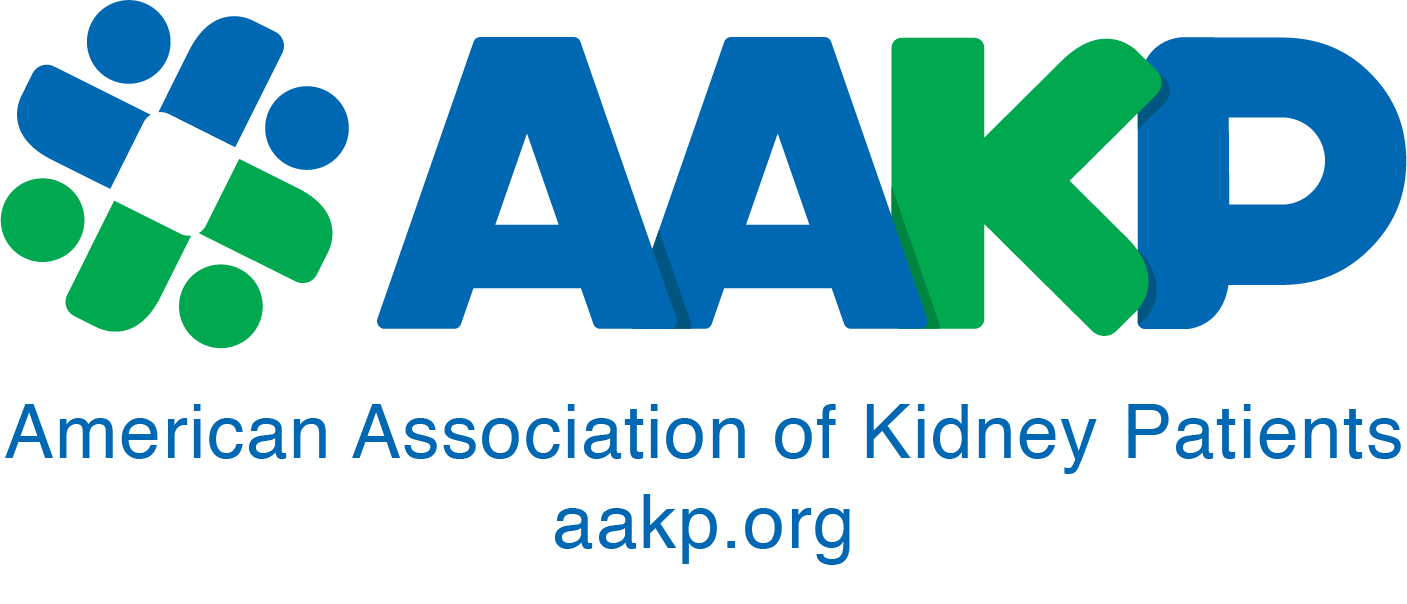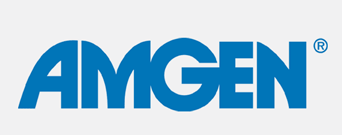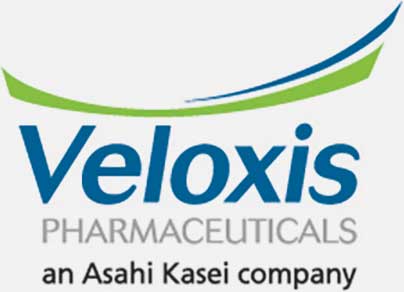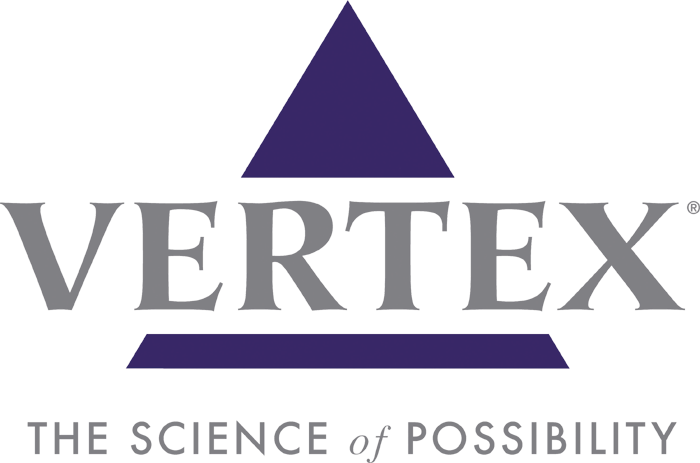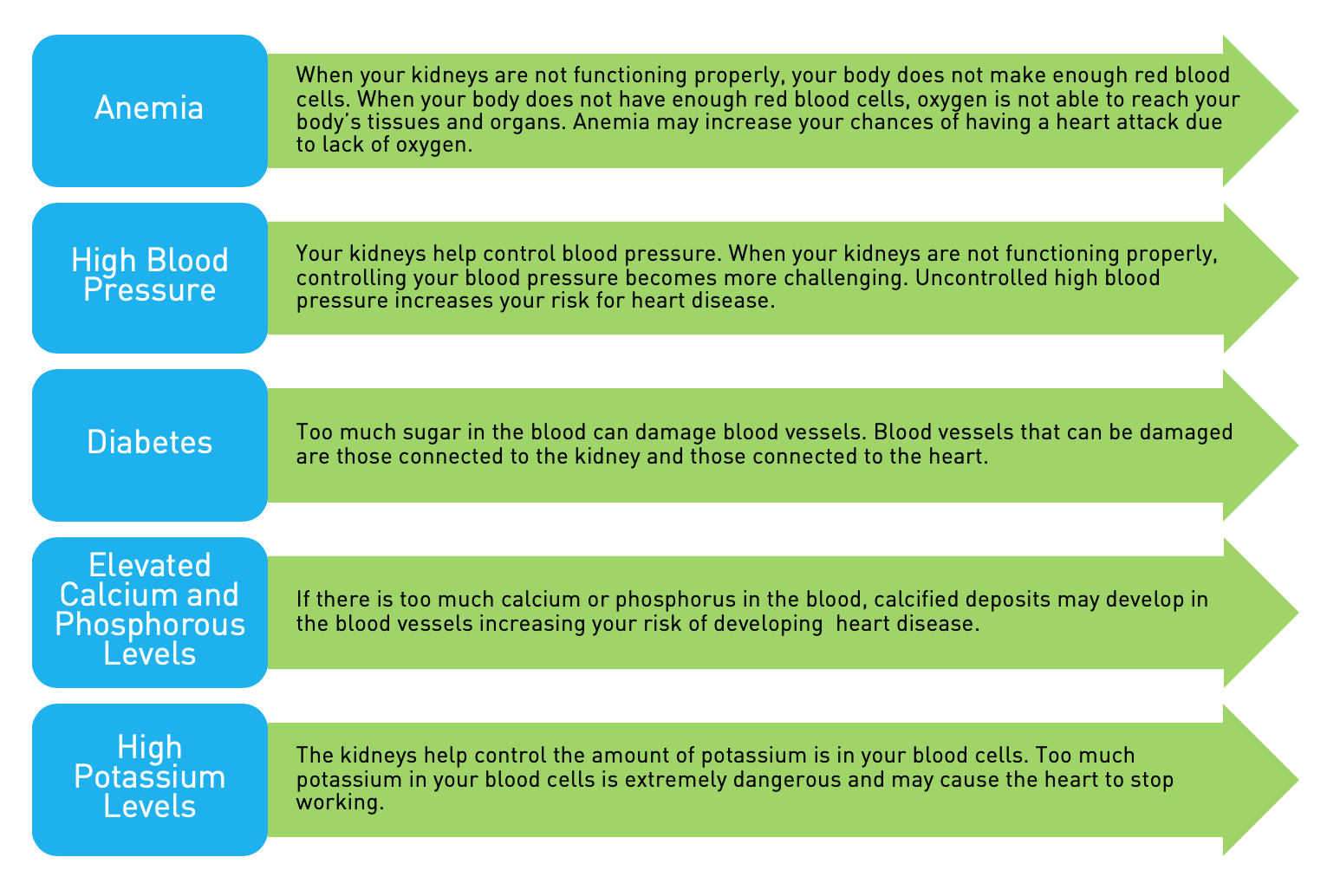By Seema Verma, Administrator of the Centers for Medicare and Medicaid Services (CMS)

Today, more than 100,000 Americans are on waiting lists to receive a lifesaving organ transplant. A new name is added to the national transplant waiting list every 10 minutes. On average, 20 people on the wait list die each day because there simply aren’t enough organs available for transplant. A significant portion of these individuals await kidneys. Indeed, approximately 37 million Americans suffer from chronic kidney disease and over 700,000 Americans have end-stage renal disease (ESRD). ESRD patients are confronted with three options: undergo frequent dialysis treatments to cleanse their blood to remove toxins, receive a kidney donation, or die. More than 100,000 Americans begin dialysis each year, which is expensive and results in a poor quality of life. Tragically, 20 percent of patients beginning dialysis will die within one year and 50 percent will die within five years.
While the deaths and poor quality of life arising from a lack of available organs is bad enough, the costs to public healthcare programs are immense. Medicare spending for ESRD patients is disproportionately high relative to expenditures on care for non-ESRD patients. This owes to the fact that ESRD patients require expensive dialysis treatments multiple times weekly. In 2018, there were 400,000 Medicare beneficiaries with ESRD on dialysis. On average, Medicare spending on Medicare beneficiaries aged 65 and older with ESRD is five times greater than spending for Medicare beneficiaries without ESRD.[1]
The statistics related to organ donation are staggering. It’s easy to lose sight of the fact that behind each statistic is a person – a person living a poor quality of life and for whom donation is a matter of life or death.
A System in Need of Repair
The number of Americans on organ transplant waiting lists far exceeds the number of available transplantable organs. There are many reasons for the shortage of organs, but stakeholders have pointed to the need for change at Organ Procurement Organizations (OPOs) and for more robust competition that will spur OPOs to better performance.
OPOs are nonprofit entities that play a key role in the transplant system. These 58 organizations each serve a distinct Donation Service Area (DSA). Within each DSA, an OPO works with hospitals to identify potential donors, procure organs for transplant, and transfer them to persons waiting for transplants. Unfortunately, competition among OPOs is virtually nonexistent and there are few if any consequences for OPOs that perform poorly.
CMS holds OPOs accountable through a set of outcome metrics and performance requirements called Conditions for Coverage (CfCs) – meaning the minimum conditions OPOs must meet in order to participate in Medicare and receive Medicare and Medicaid payments for organ procurement costs. The metrics are a critical component of the CfCs that assess OPO performance by measuring how many organs are donated and transplanted in order to incentivize OPOs to continually improve their performance. In other words, the difference between effective and ineffective metrics is the difference between life and death for numerous patients with organ failure.
Under longstanding CfCs, OPOs were required to meet two of three outcome measures: the donation rate of eligible donors, the observed – meaning actual – versus expected donation rate, and donor yield (meaning the number of procured organs donated per donor). Those measures were calculated using data self-reported by OPOs. CMS had heard from many stakeholders that these measures, along with the self-reported data, disincentivized OPOs from seeking as many organs as possible. For instance, previously, an OPO may have been incentivized to focus on younger donors with potentially more salvageable organs rather than seeking organs from older donors that may be available for transplant. These organs from older donors could nevertheless be lifesaving (or life sustaining) for some recipients.
There has been wide variation in OPO performance, and some have argued that many are underperforming and have faced few consequences as a result. The current measures used to hold OPOs accountable are antiquated and allow OPOs to manipulate organ recovery rates. For example, under the current rules, OPOs can self-report eligible donor pool numbers, meaning they can exclude data for donors that have a lower likelihood of providing a transplantable organ. This self-reporting can allow OPOs to massage the data to make their performance appear better than it really is.
For many years, there were few consequences for low-performing OPOs. In theory, these poor performers could be subject to decertification – which entails losing the privilege of serving its DSA – but no OPO has ever actually been decertified. CMS intends to hold these entities to revised and higher standards and to implement a system that allows for robust competition among OPOs.
Sweeping Reforms
On July 10, 2019, President Trump issued an Executive Order on Advancing American Kidney Health. The Executive Order (EO), among other things, was designed to increase access to transplants by modernizing the organ recovery and transplantation systems and updating outmoded and counterproductive regulations. To achieve this goal, the EO required CMS to propose a regulation “to enhance the procurement and utilization of organs available through deceased donation by revising the OPO rules and evaluation metrics to establish more transparent, reliable, and enforceable objective metrics for evaluating an OPO’s performance.” On December 23, 2019, CMS issued a proposed rule to update the OPO rules and do just that. The proposed rule sought comment on a new set of quality measures and a new source of data with which to calculate those measures with the goal of increasing the number of organs donated and transplanted.
On November 20, CMS finalized the proposal. The final rule will replace the quality measures with two new measures, calculated using objective data. The first new measure is a donation rate measure, which measures the the percentage of donors from eligible donors in the DSA. It is designed to ensure OPOs pursue all potential donors, even those only able to donate one organ. The second measure is an organ transplantation rate measure. It is designed to ensure a donated organ is actually transplanted, creating an incentive for OPOs to procure and use all viable organs. The measures will be calculated using data from the Health Resources and Services Administration and the Centers for Disease Control and Prevention. Under the new rules, underperforming OPOs will compete for the contracts needed to serve their DSA and the worst performers will be unable to renew their contracts.
Under the final rule, OPOs are encouraged to meet donation and organ transplantation rates that will be set based on the rates of the top 25 percent of OPOs from the previous 12-month period. The ranking of each OPO will be made publicly available on an annual basis. OPOs with rates below the top 25 percent threshold will be required to take action to improve their rates through a quality assurance and performance improvement program. CMS will review OPO performance every year through the statutory four-year OPO recertification cycle to ensure fewer viable organs are wasted and more timely transplants occur. This annual review will ensure CMS can quickly identify OPOs that need improvement so action can be taken to implement necessary changes.
At the end of each recertification cycle, each OPO will be assigned a tier ranking based on performance on both measures. The high performing OPOs that meet the 25 percent threshold rate will be assigned to Tier 1, and will be automatically recertified. Tier 2 are the next highest performers. They will not be automatically recertified, but instead be required to compete against other OPOs ranked in Tier 1 and 2 to retain the privilege to serve their DSAs. Tier 3 OPOs are the lowest performers, which have performed below the median on one or both measures. Following any appeals a decertified OPO will be replaced by a higher performing Tier 1 or 2 OPO that competes for those areas.
This competition is a major part of CMS’ final rule, and it is critical to ensure access. Patients should not be punished for an OPO’s poor performance, and CMS is committed to maintaining access to lifesaving organs, even if a given OPO is underperforming. CMS is also committed to ensuring that only the highest performing OPOs are awarded the privilege to serve DSAs.
Specifically, at the conclusion of each four-year recertification cycle, DSAs for Tier 2 and Tier 3 OPOs will be opened for competition. Only Tier 1 and Tier 2 OPOs will be able to compete. Tier 2 OPOs will need to successfully compete for their DSA or another open DSA in order to be recertified for another four years. We expect all DSAs for Tier 3 OPOs will be replaced by a better performing OPO, and DSAs for Tier 2 OPOs could be replaced by a better performing OPO.
Altogether, the provisions in the final rule will hold OPOs accountable for performance in a new way, incentivizing them to procure as many organs as possible.
New Hope for Patients
CMS anticipates that this new rule will create a more accountable system, and OPOs will step up to procure as many organs as possible for patients in their respective DSAs. We hope and expect to see a dramatic increase in the number of organs available nationwide, and a corresponding reduction in deaths. We also expect to see a reduction in the number of patients forced to endure dialysis and other effects of ESRD and other conditions resulting from organ failure.
The final OPO rule, combined with other finalized provisions set forth by the Executive Order, will finally provide hope and an improvement in the quality of life for the tens of thousands of Americans languishing on organ wait lists. But CMS is not done – no American should ever suffer or die for want of an organ donation, and we will continue to push for comprehensive reform to the organ transplant system until that aspiration is realized.
[1] http://medpac.gov/docs/default-source/data-book/july2020_databook_entirereport_sec.pdf?sfvrsn=0, page 21.
